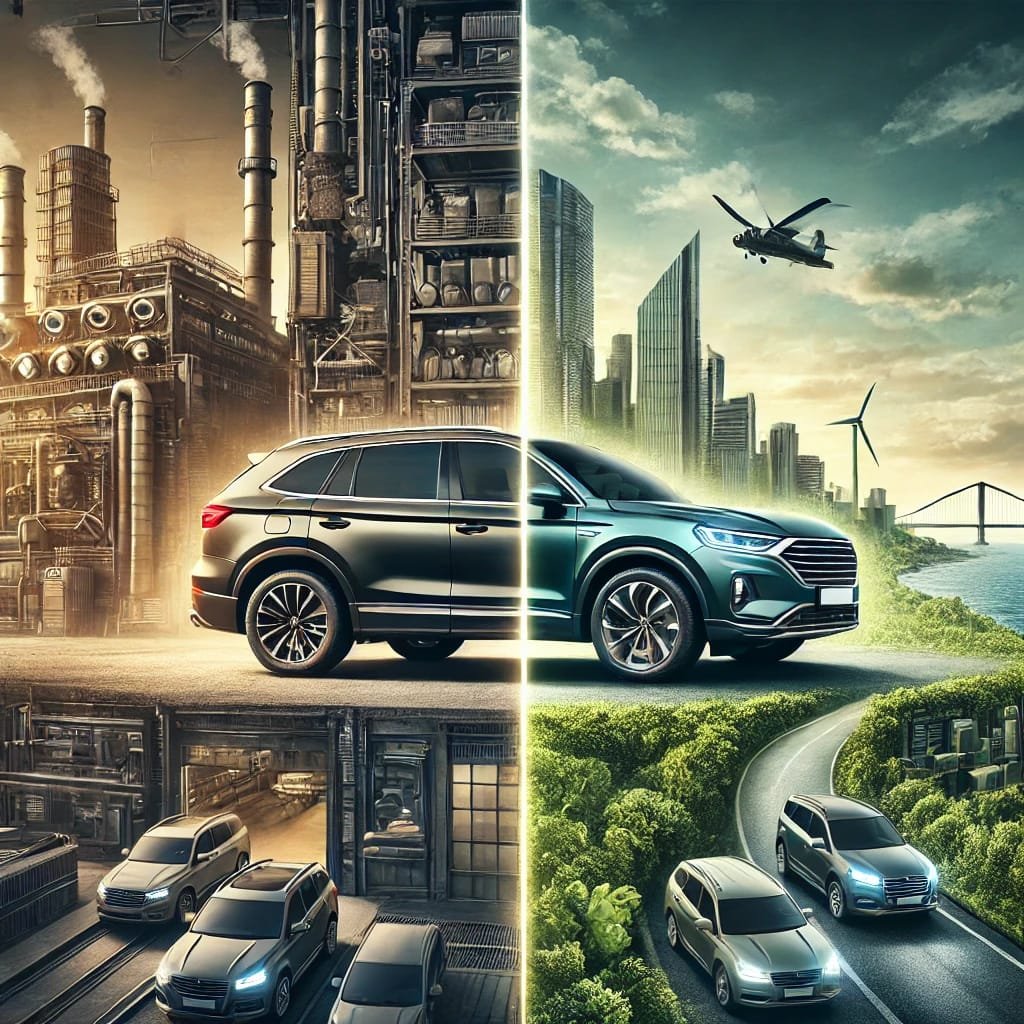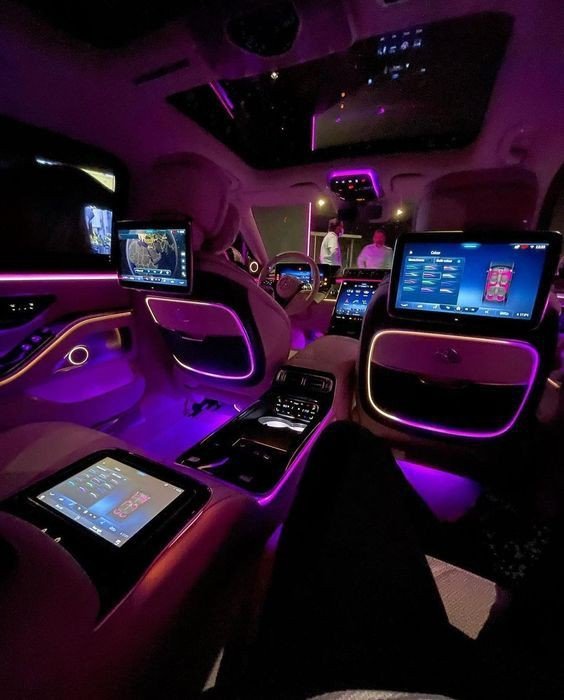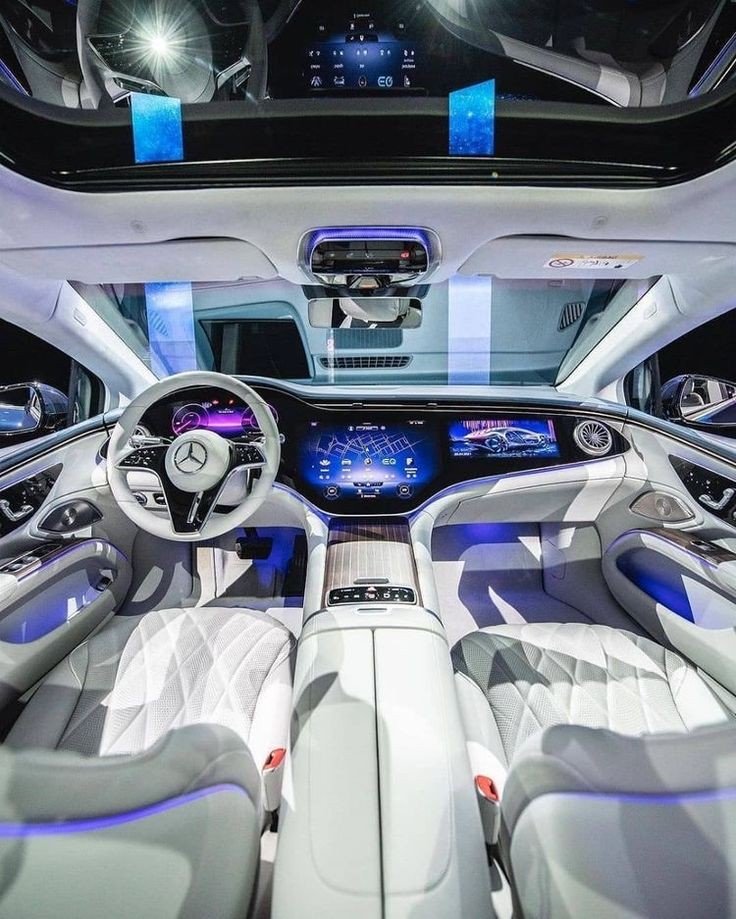
The IET Future Tech Congress 2024 (FTC), organized by the Institution of Engineering and Technology (IET), recently convened a distinguished gathering of leaders from India’s automotive industry to discuss the future of e-mobility in the country. The event brought together key industry players, including Sandeep Nelamangala, President of Bosch Mobility India, Amitabh Saran, CEO and Founder of Altigreen Propulsion Labs, and Raghuram Ramamoorthy, Vice President of Mercedes-Benz, along with policymakers, technology innovators, and thought leaders from around the world. The Congress focused on the challenges and opportunities facing India’s e-mobility sector, emphasizing the critical need to build a robust Electronics System Design and Manufacturing (ESDM) ecosystem to support the nation’s ambitions in sustainable transportation.
Key Themes and Objectives of the Congress
The theme of the conference, “Decoding Tomorrow – India’s Component Conundrum,” set the stage for a comprehensive exploration of the challenges faced by India’s e-mobility sector, particularly in developing a strong ESDM ecosystem. As the country looks to reduce its dependency on imports and foster local manufacturing, the event provided a platform to discuss the current state of EV components, supply chains, and battery manufacturing in India, as well as the strategic role of emerging technologies like generative AI, the industrial metaverse, and quantum computing in transforming the automotive landscape.
The State of India’s E-Mobility Sector: Key Discussions
The discussions at the IET Future Tech Congress were focused on several critical aspects of India’s e-mobility sector:
1. EV Components and Supply Chains: Bridging the Gaps
India’s e-mobility sector is at a crossroads, with a growing demand for electric vehicles (EVs) driven by environmental concerns, government policies, and a shift in consumer preferences. However, the lack of a robust local supply chain for EV components poses a significant challenge. During the Congress, industry leaders highlighted the following points:
- Dependence on Imports: India’s current reliance on imported EV components, including batteries, electric drivetrains, and semiconductors, was a major concern. This dependency creates vulnerabilities in the supply chain, especially in the face of global disruptions like those caused by the COVID-19 pandemic.
- Local Manufacturing Challenges: The development of a local supply chain for EV components requires substantial investments in infrastructure, technology, and human resources. The need for a strong ESDM ecosystem was underscored as a critical factor to support this growth. Shekhar Sanyal, Country Head and Director of IET India, emphasized the importance of nurturing a domestic manufacturing base to minimize import dependency and strengthen India’s position in the global EV market.
- OEM Perspectives: Original Equipment Manufacturers (OEMs) like Bosch Mobility India and Mercedes-Benz shared their insights on the challenges and opportunities in developing a local supply chain for EV components. They highlighted the importance of collaboration between the government, industry, and academia to create a sustainable ecosystem for EV manufacturing.
2. Battery Manufacturing Ecosystem: Powering India’s EV Future
One of the most critical components of an EV is its battery, and building a robust battery manufacturing ecosystem in India is essential to support the country’s e-mobility goals. The Congress explored the current state of battery manufacturing in India and identified potential solutions to meet the growing demand:
- Current Landscape and Challenges: India’s battery manufacturing industry is still in its nascent stages, with limited capacity to meet the increasing demand for EV batteries. The lack of raw materials, technology, and skilled labor are significant hurdles that need to be addressed to scale up production.
- Opportunities for Growth: There is a growing interest in battery recycling and the development of alternative battery technologies, such as solid-state batteries and lithium-sulfur batteries, which promise to enhance performance, safety, and cost-effectiveness. The Congress emphasized the need for innovation and investment in these areas to reduce dependence on traditional lithium-ion batteries.
- Collaboration and Investment: Participants at the event called for increased collaboration between the public and private sectors to attract investment in battery manufacturing. The development of battery gigafactories, supported by favorable policies and incentives, was highlighted as a key strategy to build a self-sustaining battery ecosystem in India.
Technology as a Catalyst: Generative AI, Industrial Metaverse, and Quantum Computing
As the automotive industry becomes more technology-driven, emerging technologies like generative AI, the industrial metaverse, and quantum computing are playing a transformative role. The IET Future Tech Congress provided a platform to discuss how these technologies are shaping the future of mobility and supporting the development of a sustainable e-mobility ecosystem in India.
1. Generative AI: Redefining Automotive Design and Manufacturing
Generative AI is revolutionizing automotive design and manufacturing by enabling new ways to create complex structures and optimize processes. The Congress explored several applications of generative AI in the e-mobility sector:
- Optimizing Component Design: Generative AI algorithms can analyze vast amounts of data to create optimized designs for EV components, such as lightweight structures and efficient cooling systems. This can lead to improved vehicle performance, reduced energy consumption, and lower production costs.
- Enhancing Production Efficiency: By leveraging AI-driven predictive maintenance, manufacturers can minimize downtime and reduce waste, leading to more efficient production lines. This is particularly crucial for the high-precision manufacturing processes required in EV production.
- Personalized Customer Experiences: AI can also be used to analyze customer data and preferences to create personalized marketing strategies and product offerings, enhancing customer engagement and loyalty.
2. Industrial Metaverse: A New Era of Collaboration and Innovation
The concept of the industrial metaverse—a virtual world where physical and digital assets coexist—was a major topic at the Congress. This technology has the potential to revolutionize collaboration, design, and manufacturing in the automotive industry:
- Virtual Collaboration: The industrial metaverse enables real-time collaboration between teams located across the globe, allowing for faster decision-making, reduced development timelines, and cost savings. Virtual prototypes and simulations can be created and tested in a virtual environment, accelerating the product development process.
- Training and Skill Development: The metaverse can be used to provide immersive training experiences for workers, helping them acquire new skills and adapt to the rapidly changing demands of the e-mobility sector.
- Digital Twins: The creation of digital twins—virtual replicas of physical assets—allows manufacturers to monitor and optimize production processes, predict maintenance needs, and improve product quality.
3. Quantum Computing: Unlocking New Possibilities in Automotive Technology
Quantum computing is poised to revolutionize industries by solving complex problems that are beyond the capabilities of classical computers. At the Congress, experts discussed how quantum computing could impact the automotive industry:
- Battery Chemistry and Materials: Quantum computing can accelerate the discovery of new battery materials and chemistries, leading to more efficient, cost-effective, and sustainable energy storage solutions.
- Optimization of Supply Chains: Quantum algorithms can optimize complex supply chains, reducing costs and improving efficiency. This is particularly important for the EV industry, where supply chain resilience is critical.
- Enhanced Security: Quantum computing offers new approaches to cybersecurity, a growing concern for connected vehicles and autonomous driving systems.
Developing a Robust ESDM Ecosystem: A Strategic Imperative
The theme of the Congress, “India’s Component Conundrum,” highlighted the urgent need to develop a robust Electronics System Design and Manufacturing (ESDM) ecosystem in India. As the country looks to become a global leader in e-mobility, building a strong ESDM base is crucial to reducing import dependency and fostering innovation.
1. Current State of the ESDM Ecosystem in India
India’s ESDM ecosystem is still in its early stages, with several challenges that need to be addressed:
- Limited Local Manufacturing: The majority of electronic components used in the Indian automotive industry are imported, making the sector vulnerable to global supply chain disruptions.
- Skill Gaps and Infrastructure Deficiencies: There is a need for investment in infrastructure, research and development, and workforce development to support the growth of the ESDM sector.
- Regulatory Hurdles: Complex regulatory frameworks and inconsistent policies have hindered the growth of local manufacturing capabilities in India.
2. Strategies to Strengthen the ESDM Ecosystem
To build a robust ESDM ecosystem, the Congress outlined several strategic initiatives:
- Incentives for Local Manufacturing: Government incentives, such as tax breaks, subsidies, and favorable policies, can encourage investment in local manufacturing and attract global players to set up facilities in India.
- Public-Private Partnerships: Collaborations between the government, industry, and academia can drive innovation and create a supportive ecosystem for the development of electronic components.
- Focus on R&D and Innovation: Investing in research and development is crucial to developing cutting-edge technologies and maintaining a competitive edge in the global market.
Key Takeaways from the IET Future Tech Congress 2024
The IET Future Tech Congress 2024 brought together a diverse audience of policymakers, industry leaders, and technology innovators to discuss the future of e-mobility in India. The key takeaways from the event include:
- A Need for a Strong ESDM Ecosystem: Developing a robust ESDM ecosystem is critical to reducing import dependency, fostering innovation, and supporting India’s ambitions in the e-mobility sector.
- Collaboration is Key: The event underscored the importance of collaboration between the government, industry, and academia to address the challenges and seize the opportunities in India’s e-mobility sector.
- Leveraging Emerging Technologies: Generative AI, the industrial metaverse, and quantum computing are poised to play transformative roles in the automotive industry, enabling new levels of innovation, efficiency, and sustainability.
- Focus on Sustainable Growth: The discussions highlighted the need for sustainable growth strategies that balance economic development with environmental stewardship, particularly in the context of battery manufacturing and supply chain resilience.
Conclusion: Charting a Path for India’s E-Mobility Future
The IET Future Tech Congress 2024 provided a critical platform for industry leaders, policymakers, and technology innovators to come together and discuss the future of e-mobility in India. The event emphasized the need to build a robust ESDM ecosystem, leverage emerging technologies, and foster collaboration across sectors to achieve the nation’s e-mobility goals.
As India moves towards becoming a global leader in sustainable transportation, the insights generated at the Congress will help drive innovation, support digital transformation, and create a more resilient and sustainable automotive industry. The event’s conclusion, featuring a keynote on “Building an Indian Semiconductor Industry: Overcoming Barriers” by Dr. Arogyaswamy Paulraj, and the announcement of the IET India Scholarship Award winners, highlighted the importance of nurturing talent and fostering innovation in driving the future of India’s automotive sector.
ALSO READ: The Most Expensive SUVs in the World








